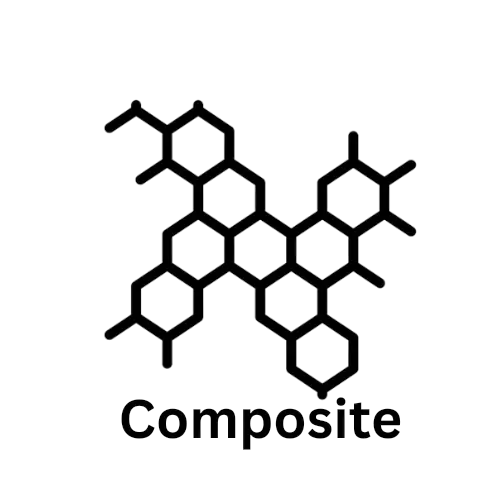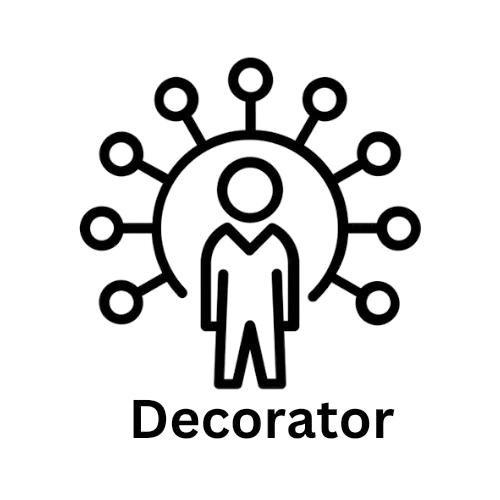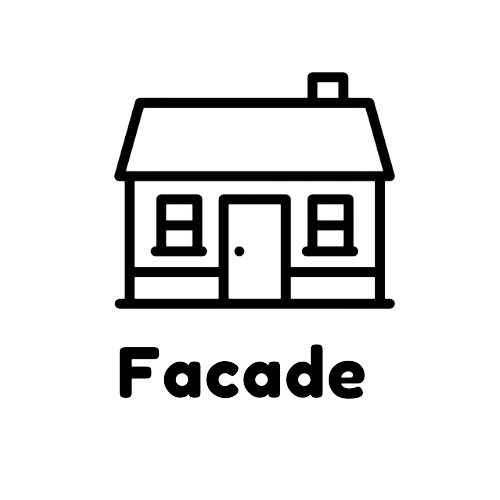Design Pattern: Singleton Pattern in Go
Singleton pattern is used to ensure that only an instance of a class is created. Implementing the Singleton pattern in Go is slightly different from other languages. This article demonstrates Singleton pattern implementation in Go.










